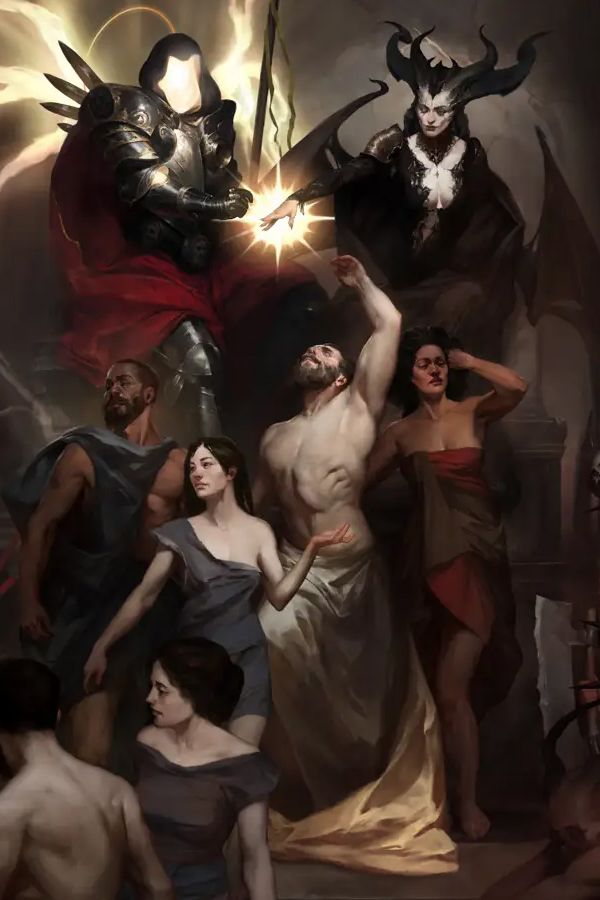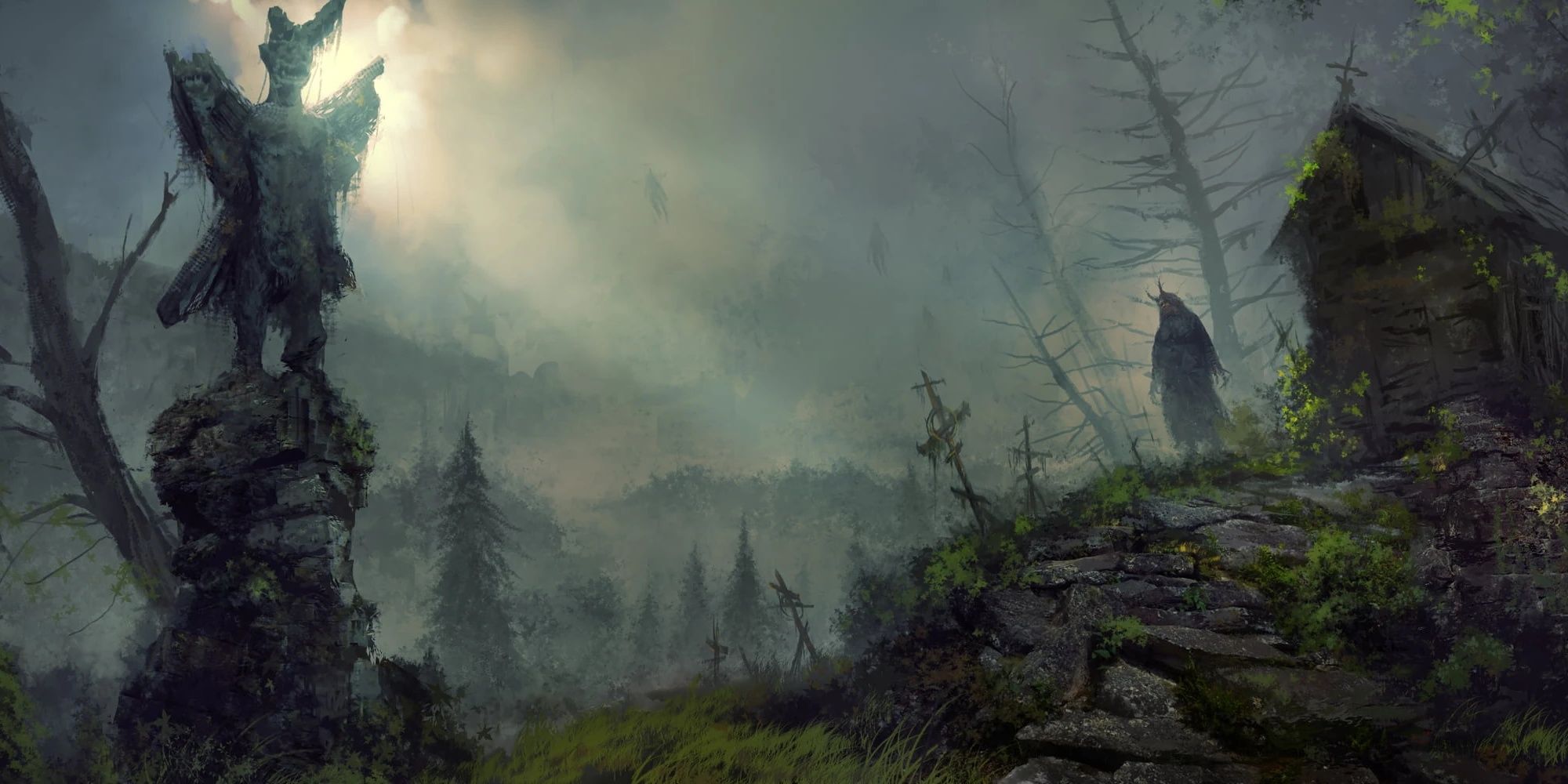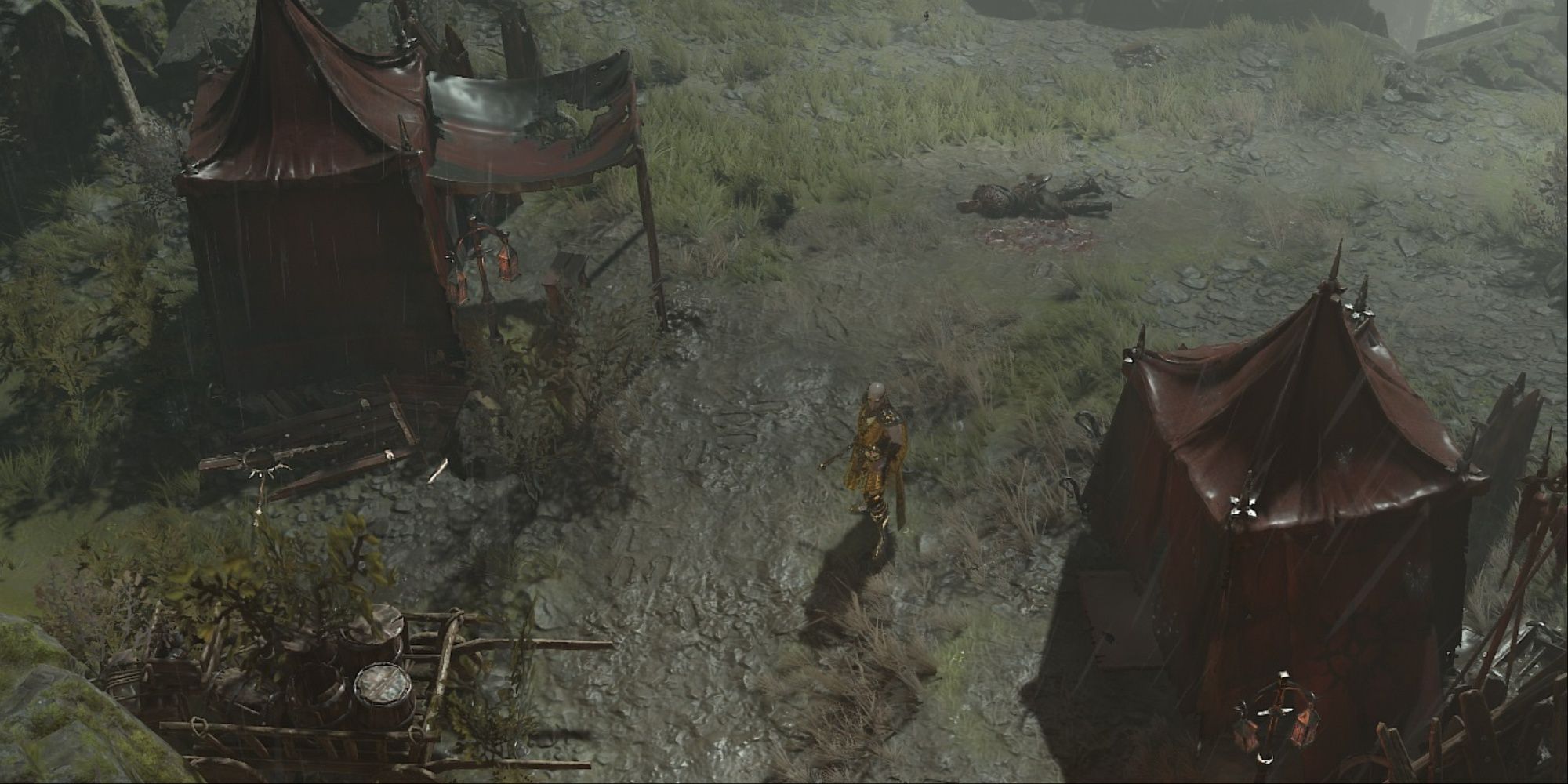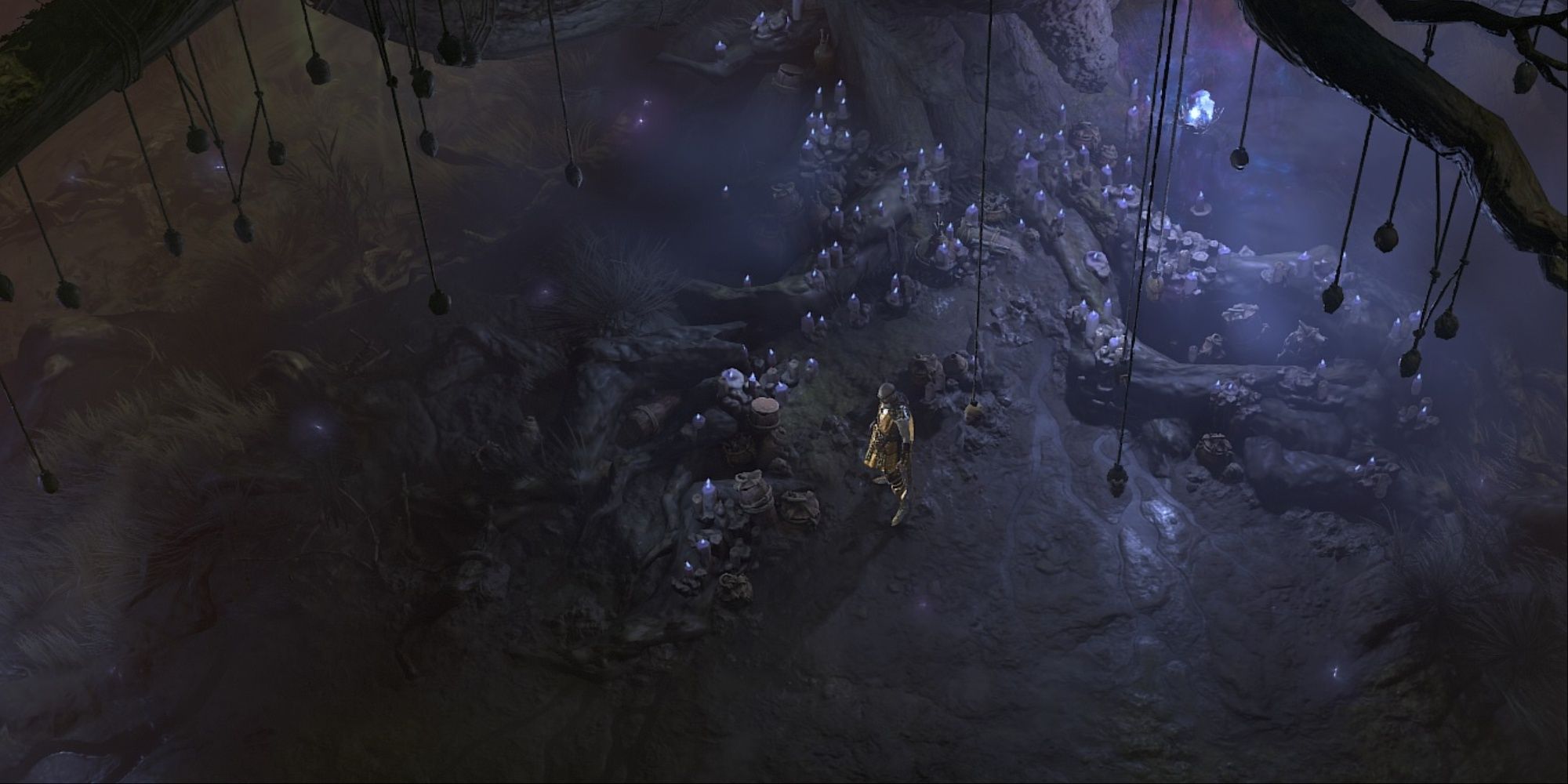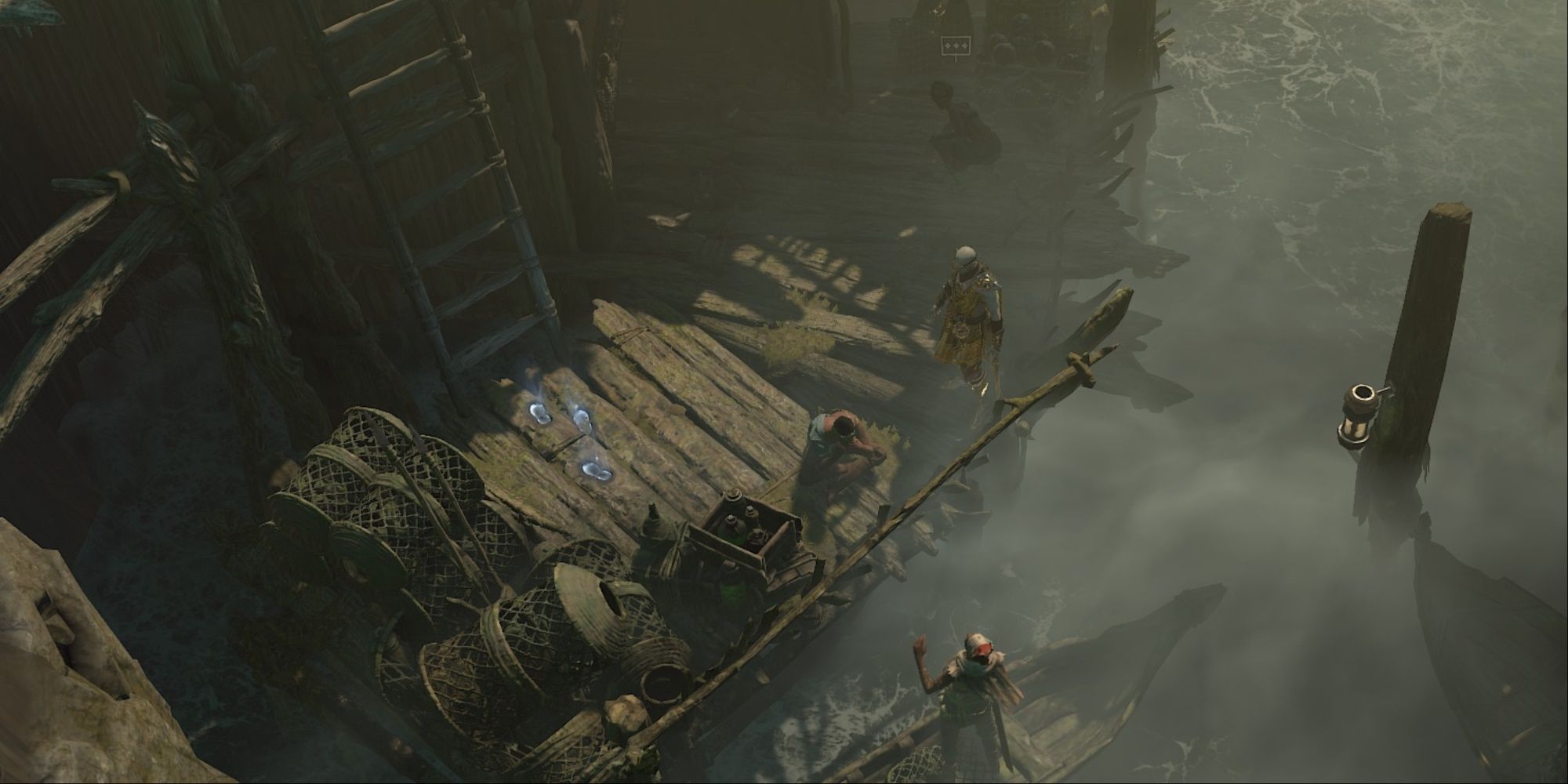I grant that Diablo 4 has seen better days. After an initial burst of success, fans quickly tired of the endgame’s formula. Forcing players to unlock everything all over again for the new season has turned the open world into a checklist. As season one comes to a close, player counts have already plummeted, and few who trudged through the game will have the stomach for a second season of the same. Commercially, Diablo 4 will be a success because of the copies it sold, but the game doesn’t appear to have the staying power of its predecessors.
I have vocalized that Diablo 3 may be the better product, but I do want to recognize that if the Diablo franchise appropriately makes some big alterations for the next installment, ditching procedurally generated maps was the right move. As the saying goes, we don’t want to toss out the baby with the bathwater, and the custom world designed in Diablo 4 is a pretty significant baby. The first impressions of Diablo 4 were largely positive, and I believe the care given to the world has a lot to do with the first impression being outstanding, beautifully masking the rather lackluster gameplay and design flaws.
First off, the single map is plainly more functional. When I want to invite my friends to play with me, they don’t need to teleport out of their worlds and into mine. My pals don’t have to lose their progress or re-clear a map if they join me for an event. It’s been handy to say, “Let’s clear out the Kor Dragan stronghold” or “Meet me at the beach in Backwater” and we all have a common understanding of where to go. We all make the same journey and can help guide others on their journeys as well, giving directions as needed.
The events themselves also merit discussion. By living in the same world, I can potentially meet new friends as we take on dangerous world bosses together. The dungeon bosses have been notoriously monotonous, but the world bosses are a different story, hitting players with new animations and mechanics that we don’t see elsewhere. Because we’re all in on the same fight on the same map, we get the joy of learning together. Some timely tanking and support have given me connections and friends that I haven’t seen since playing Blizzard’s infamous other MMO.
The artwork is the most striking upgrade from procedurally generated maps. Instead of merely plugging in assets and having an algorithm design a zone, the map is given some attention and love that keeps the various areas from feeling empty. In the dreary region of Scogsglen, the deserted abandoned camp to the east of Firebreak Manor looks different than the lively plains to the southeast of Corbach. This certainly takes more effort from the design team, but being able to wander around and actively looking forward to whatever is around the corner is a triumph in world design.
From a roleplaying standpoint, personally designing the world allows for environmental storytelling. The mysterious rivers of blood around Scogsglen have a direct tie-in to the story that gamers will only learn about later on in the campaign. A rusted-over trebuchet in the Ruins of Rakhat Keep communicates an important clue regarding the fate of the fort. I found that the visual presentation of a clean tent on grass was more graceful than finding a note that said, “This is a new camp, by the way.” Dialogue and exposition have their place, but they shouldn’t be a replacement for information gathered by the eyes.
The developers took some heat when they told players to slow down and enjoy the ride, but I think their reasons are justified. Unfortunately, because of the game’s quest system, exploration is not incentivized in the current format, and remote locations outside of cities are rarely revisited. As usual, dungeons are the standard farming grounds. Unlike the open world, these are generated randomly, breaking with the design philosophy of the open world to the detriment of the hand-crafted settings that players fell in love with when first picking up the game.
My sincere hope is that more games, not just those in the Diablo franchise, continue to invest in this kind of design. Even smaller studios can focus more on custom levels to great success—look at the incredible work done in Witchfire. There are times when either pre-generated or auto-generated content and worlds may be necessary; procedural generation makes sense for some titles. However, it’s been a crutch for more than a decade now and comes at the expense of worlds built with intention, care, and utility. If one thing survives Diablo 4’s model, I hope it’s the old-fashioned concept of personally designing large areas and packing these zones with intrigue.
